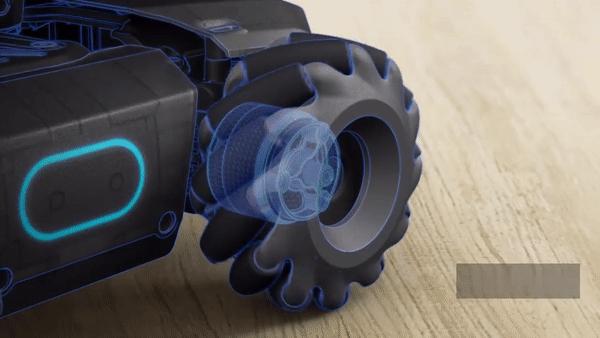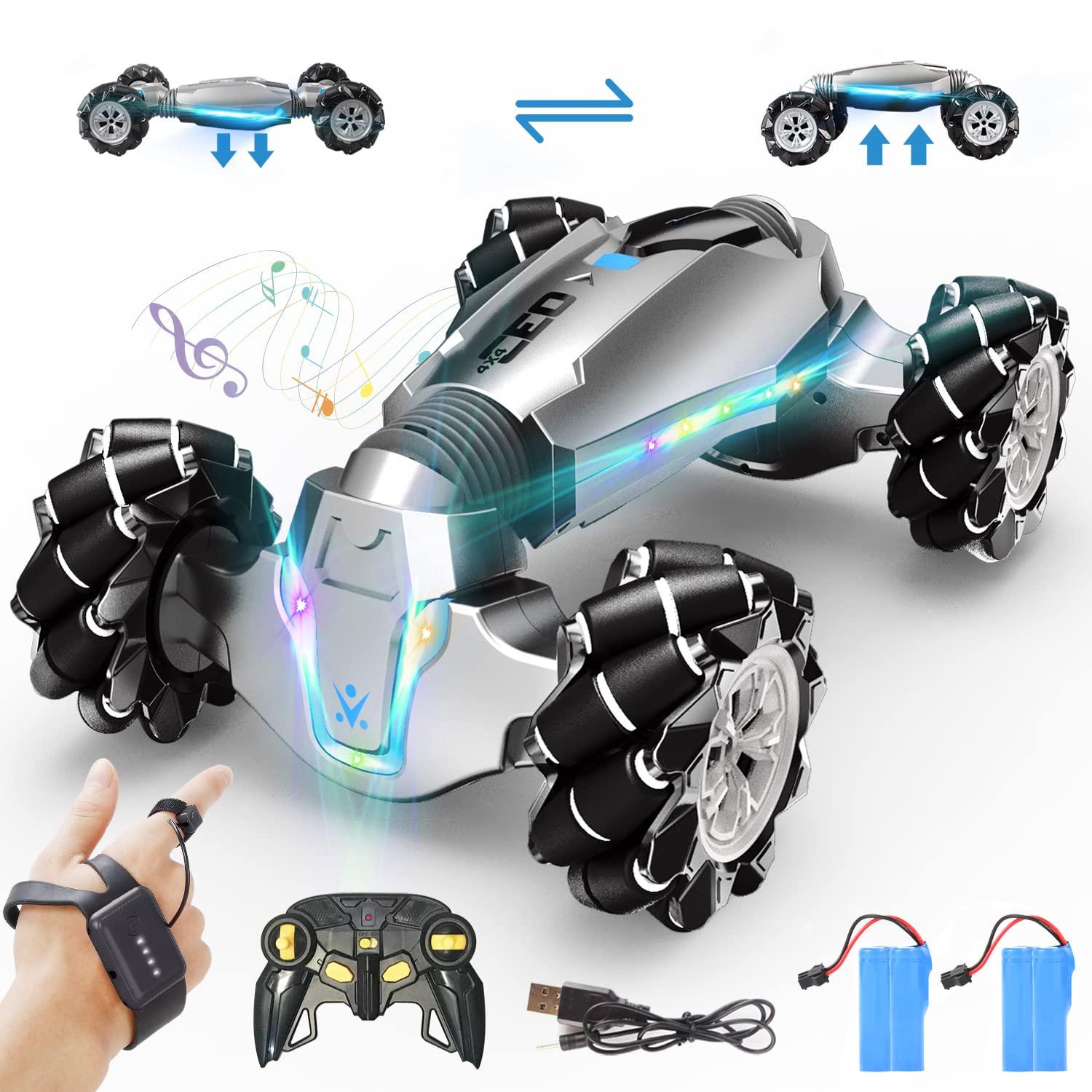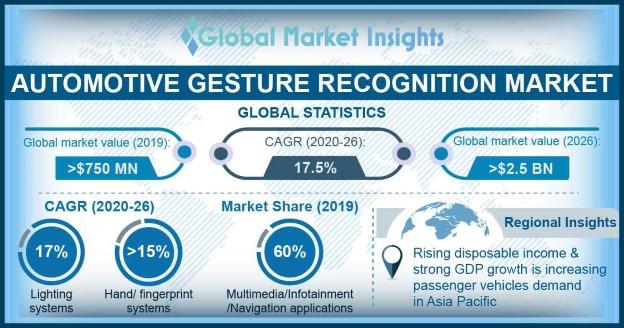Gesture-Controlled Cars: Revolutionizing Vehicle Interaction
The world of automobiles has seen phenomenal developments in recent years, with several new technologies making their way into our vehicles. One such innovation that has become increasingly popular is gesture-controlled cars. This technology allows drivers to control certain elements of their vehicles, such as the stereo or air conditioning, using hand gestures. With the emphasis on safety and convenience, this development has sparked widespread interest and could potentially change the way we interact with our cars.
The Advantages of Gesture-Controlled Cars
Gesture-controlled cars can offer drivers a multitude of benefits, including:
- Enhanced safety by keeping drivers’ hands on the wheel, since they do not need to reach for buttons or knobs.
- Improved convenience by providing a more intuitive and seamless way to interact with various features of a car.
- Reduced risk of accidents since drivers do not need to take their eyes off the road to adjust various functions.
With these advantages, it’s no surprise that gesture control has gained popularity in recent years. Automakers are incorporating gesture control into their vehicles, and several products that bring the functionality to older cars have been developed. Gesture control tech has also made its way into other industries, from gaming to computers. In the automotive industry, websites like Car and Driver, CNET, and Motor Trend regularly cover the latest developments in gesture-controlled cars and are great sources for the latest news and reviews on this innovative technology.
What other industries besides the automotive industry are using gesture control technology?
Some other industries besides the automotive industry that are using gesture control technology include gaming, healthcare, robotics, and retail.
Types of Sensors for Gesture Control in Cars
There are several types of sensors used in gesture control, including capacitive, infrared, and time-of-flight sensors.
Capacitive sensors detect the electrical changes in the driver’s hand when they come into close proximity with a sensor.
Infrared sensors emit infrared light and measure the reflection to detect the position of the driver’s hand.
Time-of-flight sensors use light to measure the distance between the driver’s hand and the sensor.
The implementation of gesture control technology in cars involves different types of sensors and cameras. Automakers are continually experimenting with different types of sensors and camera setups to improve the accuracy and reliability of gesture control systems. Websites such as Auto Express and Engadget regularly feature stories about the latest advancements in gesture control technology and how they’re being utilized in the automotive industry. Articulated Hands, ISG Automation, and EyeSight are some of the companies currently working on developing sensors for gesture control tech.
What companies are currently developing sensors for gesture control technology in cars?
Several companies, including Infineon, Visteon, and Harman, are currently developing sensors for gesture control technology in cars.
Automakers face challenges with implementing gesture control technology.
Although there are many benefits to gesture control technology in cars, there are also several challenges to its implementation and use. Here are some important points to consider about the challenges of using gesture controls in vehicles:
– Technical issues can arise with gesture control technology, including misinterpretation of gestures, delays in response time, and software glitches. Calibration is essential to ensure accurate and responsive gesture recognition.
– Automakers need to take into account the cultural differences in gesturing when developing these technologies. Different cultures may have different meanings associated with certain hand movements or gestures.
– Several concerns about the reliability of gesture control technology have been raised, including the potential for distractions while driving and the risk of false positives or negatives. It’s crucial for automakers to thoroughly test this technology and ensure that it meets safety standards before releasing it to the public.
Websites such as Car and Driver and Motor Trend regularly cover the challenges and limitations of using gesture controls in vehicles. Despite these challenges, however, gesture control technology in cars continues to be an area of active research and development, with automakers and technology companies collaborating to find innovative solutions to these challenges.
What are the technical issues that can arise with gesture control technology in cars?
Technical issues that can arise with gesture control technology in cars include inaccurate recognition of gestures, accidental activation of controls, difficulty in operating the controls in low-light conditions, and software glitches that can cause system malfunctions.
Gesture controls are a relatively new technology, but as automakers continue to invest in this area, we can expect to see even more cutting-edge features added to our vehicles in the years to come. In fact, some experts predict that gesture controls could eventually become a mainstay of the automotive experience, along with other advanced technologies like augmented reality displays and voice controls.
One exciting possibility is the integration of gesture controls with autonomous driving technology. As self-driving cars become more common, drivers may be able to use gestures to interact with their vehicles while they travel. This could include everything from adjusting the temperature and audio settings to changing their destination on the navigation system. In the future, we may even see cars that can be entirely controlled by gestures, making driving even safer and more convenient than it is today.
Overall, gesture-controlled cars represent a significant evolution in the way we interact with vehicles. While there are challenges to the adoption and implementation of this technology, the potential benefits are far-reaching. As we continue to explore the possibilities of gesture controls in cars, it’s clear that this innovation is poised to revolutionize the way we drive. The future of automobiles is exciting and filled with endless possibilities, and gesture controls are just one example of how technology is transforming the driving experience.






